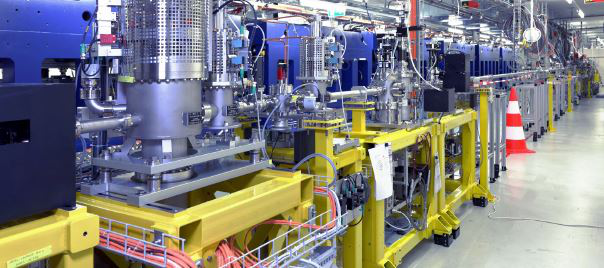Speaker
Description
FERMI, the Italian free electron laser operating at Elettra (Trieste), has been in user operations for eight years.
During this timespan the number of beamlines and endstations has reached the project target (6), and continuous development of the machine has taken place, too. Currently, two calls for proposals are issued per year, offering users the possibility to perform experiments on both FEL undulator lines of FERMI, covering the 100-4nm range. Of course, also the photon transport and diagnostics system (PADReS) has evolved in this years, having to face new requests in terms of several different aspects (e.g., intensity monitors, energy spectrometers, and new optics for extended/lower wavelength operation; multiplexing solutions for the efficient use of the radiation; advanced diagnostics for ultimate focusing; etc.).
A further upgrade of the entire facility is now being discussed and developed, which foresees an increase of the machine electron energy in order to decrease the achievable wavelength to values below 2nm in the fundamental laser harmonic. The goal is to reach such lower wavelengths maintaining the unique characteristics and capabilities of FERMI, which is a seeded FEL. In particular, intensity and wavelength stability, spectral purity, coherence, polarization, and TM-00 photon emission mode should be guaranteed as well as the possibility to produce two-color double pulses and other exotic emission schemes.
Achieving that, a new class of experiments will be possible together with the chance to extend the current experimental capabilities in so-far non-achievable wavelength regions.
Obviously, this ambitious target calls for parallel evolution of the photon transport and diagnostics system in order to be able to efficiently cover the need for online characterizing each single FEL pulse for wavelength extending to 2nm and below. The present setup will need to be upgraded in several ways, from the energy spectrometers to the intensity monitors, from beamline design to the optical mirror coatings, and so on.
The current situation, with the solutions adopted up to now, is presented, and the possible future upgrades and developments are discussed.

